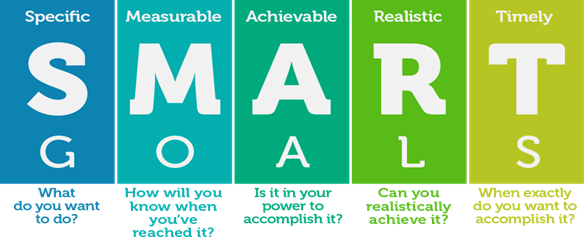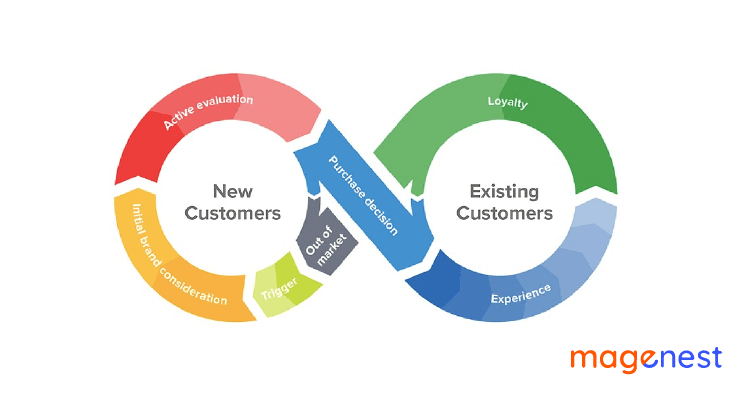Workflow optimization is not an overnight task through which we can gain higher outcomes, but a task that requires a lot of measures and strategies. Many companies currently struggle with outdated, non-productive methodologies and practices while competitors in the same industry have matured, developed by adopting ideal standards to best support the business.
Best practices are techniques or methods that are proven to drive superior results compared to those gained by other ways. Not utilizing best practices can prevent the growth of productivity, efficiency, streamlining, and advancement of any business.
This article will help you understand your existing information workflows and to identify ways to improve them.
What is Workflow Optimization?
The definition of workflow optimization is a crucial part of any successful organization. It refers to the process of improving existing workflows through a combination of reducing costs, improving efficiency, and business processes automation. While automation may be a vital aspect of a workflow optimization strategy, it is not a cure-all. It should only be executed following thorough planning.

Many organizations failing to improve their workflows mess up applying automation to broken processes. Inefficient workflows waste money, time, and resources that lead to decreased productivity and efficiency.
Those organizations that achieve success with workflow optimization usually adhere to a core collection of best practices. By following these practices, you will boost organizational efficiency considerably and earn a decisive advantage over your competitors.
This article will further include customized strategies and incorporate new technology, which is believed to streamline steps to minimize mistakes and reduce duplication of effort.
Read more: What Is Workflow and all the things for your merchant!
Benefits of Workflow Optimization
Spending time to better understand and optimize your workflows yields a range of advantages, including in the following:
- Task automated – Saving time on coordination efforts
- Process efficiency – Enhancing task completion rates with automated notifications to participants
- Process adoption – Standardizing repetition of processes equates to consistent output quality
- Visibility – Improving productivity transparency allows for informed workflow management
- Lowered risk – Minimizing human error and other risks with well-prepared guidelines
- Teamwork (flow) – Opening communication and clear project assignments of tasks and responsibilities
The Process of Workflow Optimization
Of course, the process will differ depending on each methodology used for optimization. Still, there are normally three stages, at least, included when optimizing a workflow:
#1 Identifying The Process
First of all, the process will need to be identified by several questions:
- What’s the workflow?
- What’s its purpose?
- What’s involved?
- Who’s involved?
#2 Analyzing the process
After being identified, it also needs to be analyzed – which basically means looking at how the process operates and determining where improvements can be made. Where do bottlenecks happen? Are any steps wasteful? Could the workflow be more simplified?

#3 Implementing process changes
Once the process optimizer has an idea of what adjustments should be made, they can move onto implementation. This is where improvements are made to the process. Usually, the implemented changes will bring about positive results. If they are not, then another cycle of process optimization may be in order.
What’s useful to learn is that process optimization isn’t some lengthy, time-consuming activity – it can all be performed rather quickly. This process will definitely be long, exhausting, time-consuming, and resource-consuming, however, this task is a must. If you refuse to optimize your workflow, your competitors will catch up with you in no time.
Read more: What is Automated Workflow and How Can Magento 2 Merchants Do It Correctly?
Best Workflow Optimization Practices for Magento 2 Merchants
#1 Set Goals for Your Workflows
Working backward from the end goal is important. Creating a workflow is much like setting any organizational goal. Before optimizing your workflows, you need to acknowledge how you want them to perform and what purposes they’re supposed to fulfill. Envision where you want to be and determine what steps you need to take to get there.
After analyzing your workflows and identifying each step and team member essential to the process, you can apply SMART - a goal-achieving method to create the most suitable goals for your teams.

Remember that not all steps in a workflow are designed equal. Priority is rarely assigned in sequential order. Rather, priority should be given to the most essential steps.
There are reasons for the most successful organizations to spend time prioritizing, one of the most important is to quickly focus on and fix any problems that arise. Where leaders understand how impediments and setbacks at each step affect the overall workflow, they can prioritize and then minimize the potential consequence.
#2 Use Automation Where Possible
If you’re currently buried in several tedious repeatable business processes, you’ll find automation extremely helpful.
Automation can make a profound difference in plenty of workflows, like when you’re creating contracts or sending invoices. This kind of automation can generate documents for you and send them, as well as send reminders to the parties to sign the contract or to arrange for payment, respectively, with the least manual intervention.
An important workflow optimization aim is to overcome the wasteful time it takes to perform recurring tasks. With automation, the software completes tiring tasks, enabling your employees to do the work that only humans can accomplish.
A Magento 2 Merchants must check the Admin Panel all day long to ensure not to miss any events taking place in your store. Sometimes, task repetition is so boring and time-consuming that it may blow their mind. By good fortune, the Admin Email Notification extension will save you a significant amount of precious time and effort by sending you and your assigned staff emails every time your Magento store has events.

#3 Document Your Optimized Workflows
Once you have completed workflow optimization, you’ll want to document your workflows thoroughly. This will open up a good starting point for later workflow analysis. Documentation will make current employees up to speed on the workflows and provide a logical foundation to train new employees.
There will always be room to optimize workflows because your business will grow, processes will change, and technology will evolve. By paying attention to your workflows, you’ll continuously find new ways to free up your time to concentrate on strategic initiatives only, instead of processes that can be automated.
#4 Secure Your Workflow and Data As Much As Possible
Whatever measures you are applying in your workflow, you need to make sure that the measures are secure since nowadays, many companies are willing to steal gray matter in all industries, so when an optimized workflow is built up, information about the workflow and data must be protected from being hacked. Otherwise, all money, time, and effort will be wasted on the optimized workflow.
To protect data from being hacked, there are 2 main tasks to do:
- Build an effective anti-hack firewall
- Training staff to ensure that there are no human errors (not to click strange links, not to disclose any information to relatives ....)
In case you are influenced by the data breaches, immediately change your passwords, and maximize their security.
#5 Think Twice While Choosing a Tool:
Your decision of a software tool marks the foundation for the performance of your daily work. You will need a tool that works for a more extended time and not something which is for a limited time. Therefore, you must purchase a software tool that has future proof.
Also, how much time you are investing in it is fairly important as time is the most important factor for any work productivity.
Look at some of the major factors while considering software that lives up to your expectations:
- Features: Find the one that has the available features that you are looking for.
- Business standards: Is the software living up to your business needs and requirements.
- Compatibility: Is it compatible with the tools and operating systems
- Price: always been an issue; hence, think twice about the stability of prices.
- Security: this is especially important when your tools include several confidential data
#6 Re-evaluate
Improvements can only be made if deficiencies are known in advance. A good rule of thumb is to assess your workflows monthly or quarterly. When carrying out your evaluations, look for:
- Whether you have reached your goals or are heading in the best direction
- Whether there have been notable organizational changes like the addition or subtraction of team members, or alterations in processes that change the overall design of your workflow
- Any breakdowns or setbacks that happened in the applicable review period
Make changes as needed. Successful organizations constantly evaluate and adjust their workflows to maximize efficiency and profitability.
Read more: Best and Worst Examples in Workflow Automation
Conclusion
Figuring out what’s slowing down your processes and implementing the right kind of workflow optimization technique is vital to your operations. Following the best practices above can go a long way towards securing the success of your organization’s workflow optimization efforts.
You will develop from the process with a better understanding of your business. Once your operations scale up, you have to continually adapt to the new process requirements and their payload, so be open to adopting new workflow optimization techniques to your processes, even when they are already automated and look effective.
Most importantly, workflow optimization will make your organization more agile, resilient, efficient, and competitive.
Good luck!

















